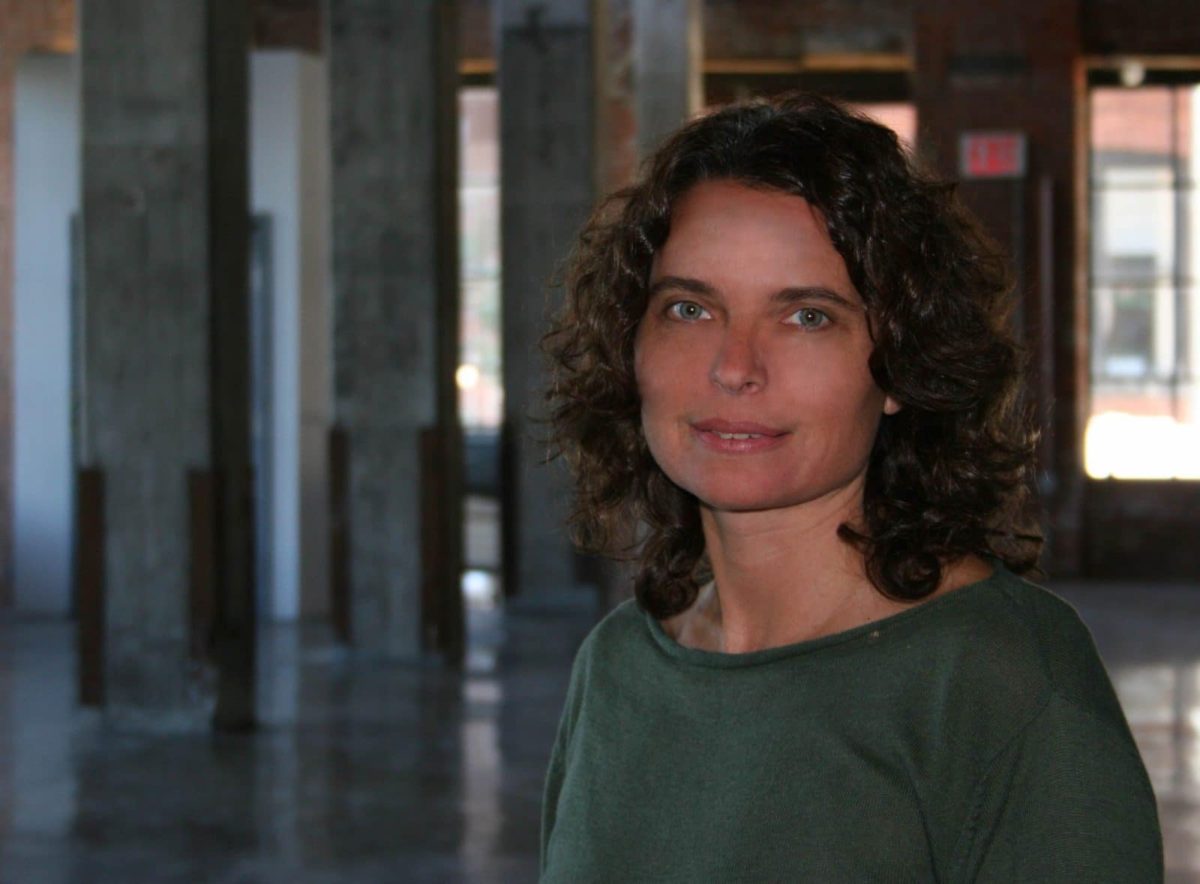
Art has long been driven by networks—as much so in Renaissance Italy and 19th Century France as in today’s globalized art world. The visibility of a contemporary artist is often linked directly to his or her networks. When investigating the reasons why certain artists became famous during a certain period, quite often those who travelled widely, or took advantage of living in the right place at the right time, were most successful.
One of my art history professors used to say: “networking is our ethical duty,” implying that this was the most moral and constructive thing for us to do as future art historians and curators. If this is true for those specializing in art history, it must be equally true for artists.
So, what are the best ways to network? How do curators find and select art, and develop exhibitions with artists? I’ve elucidated my ideas for you below. I work in a German museum, so my ideas can be viewed in this context. They represent one of many possible perspectives.
Be specific
Curators are going to be precise in the work they are looking for at art fairs, in galleries, and on social media. Their theoretical background and aesthetic sensibility will always impact curatorial decisions. I personally believe in artists who have a strong political and conceptual message, people who consider art as work, work as process, and process as a political and social responsibility. But that’s just me—this is why the bulk of my personal and professional network consists of people who share this background. Other curators I know might be interested in museology, the digital age, popular culture, or modernism.
When we work on projects, we focus on themes and positions that might be interesting in the context of exhibitions. So our own interests—for both curators and artists—determine our networks, and we should never think of those as closed worlds, but rather as open systems.
Who’s helping you?
When working with artists, I find it useful for them to have a strong message or idea to start with. The next step is to communicate your message and ideas and to find people who could help you to communicate them. Find out who is interested in themes you are working on, and if you can, go and see them. If you find like-minded people in an alternative art space, go exhibit with them. If you find you can reach many more people through social media, do that.
Where will you go from there?
Communication and visibility are key factors to achieving your goals in the art professions. I have one example from my life: a Syrian artist I know was forced to flee to Europe. When terrorists struck his city he posted a kissing selfie with his European wife on Facebook, demonstrating that love is stronger than terrorism, racism or political differences. This image generated a lot of media interest. He had a strong message, publicized it on the platform he had available, and this buzz helped him to eventually publish and market a superb graphic novel about the Syrian civil war. He continued to establish his visibility and utilize an art-interested public. The book is a great success and he has since exhibited his drawings internationally, been awarded a fellowship at a major German university, and a residency to work on his next graphic novel.
Generate dialogue
Both artists and curators have to be single-minded in certain ways, but as another tutor of mine (in London) used to say: “Get out more!” Go to openings and events, have a group, network, and communicate. Don’t work in isolation unless you absolutely have to, to finish some tricky sculpture or a postgraduate thesis. Be serious about your work, but think of it as a community effort or dialogue, unless you still ponder this 19th Century idea of the lone, poor, misunderstood artistic genius. This isn’t recommended; times have changed! We live in politically-challenging times, defined by crisis. As stewards of culture, generating social and political dialogue—and working with others who are doing the same—is indeed “our ethical duty.”






